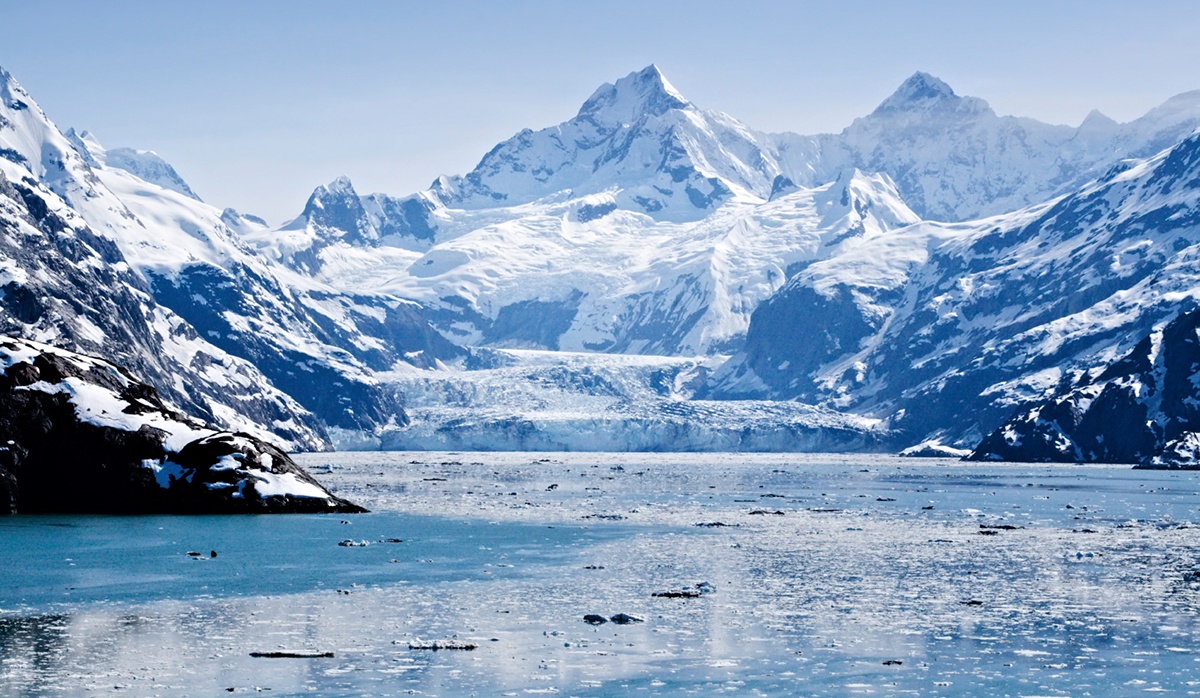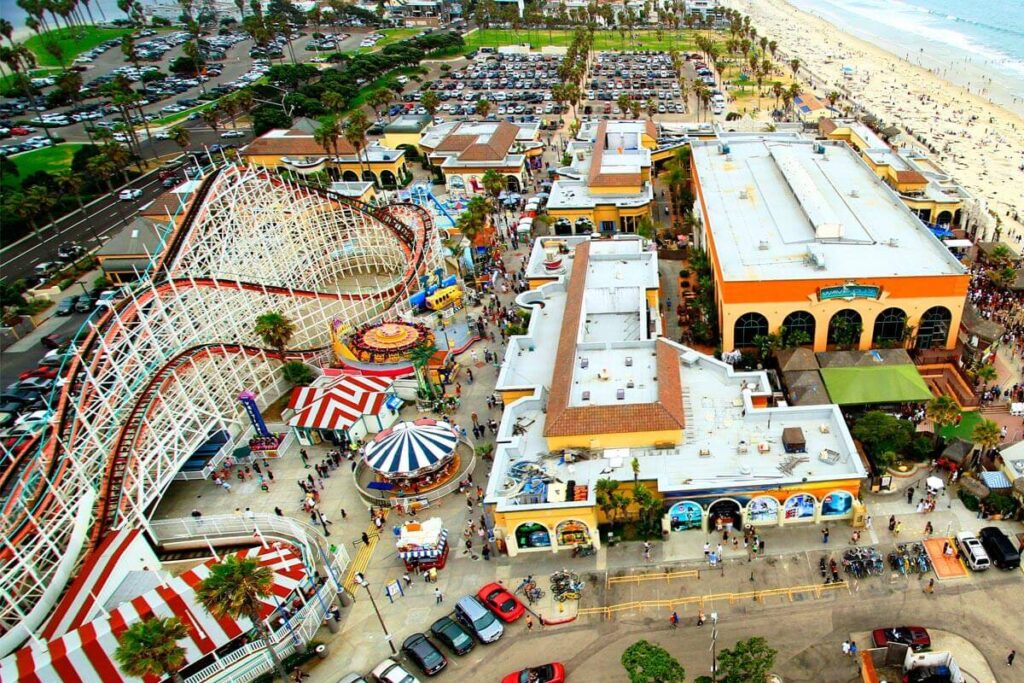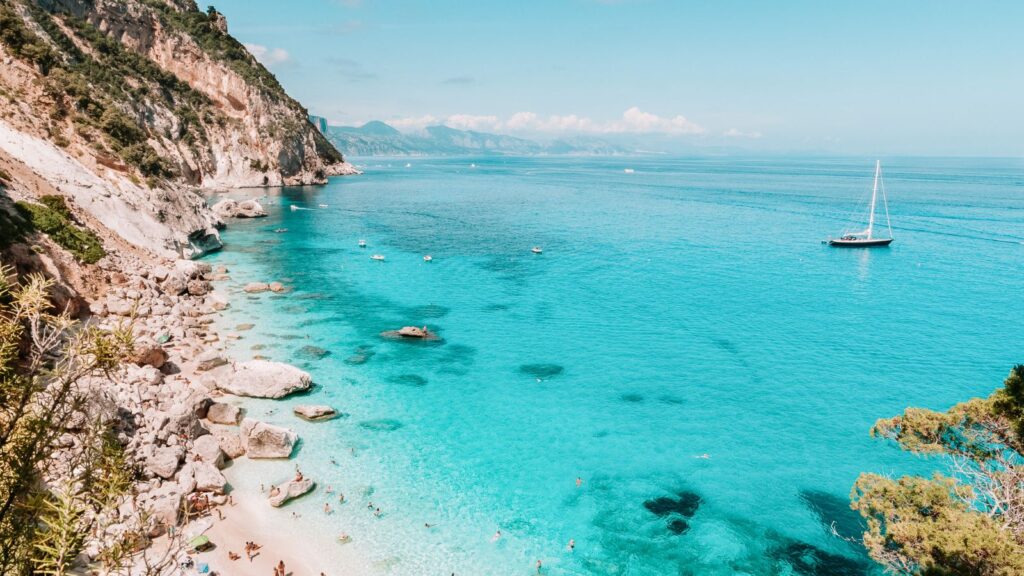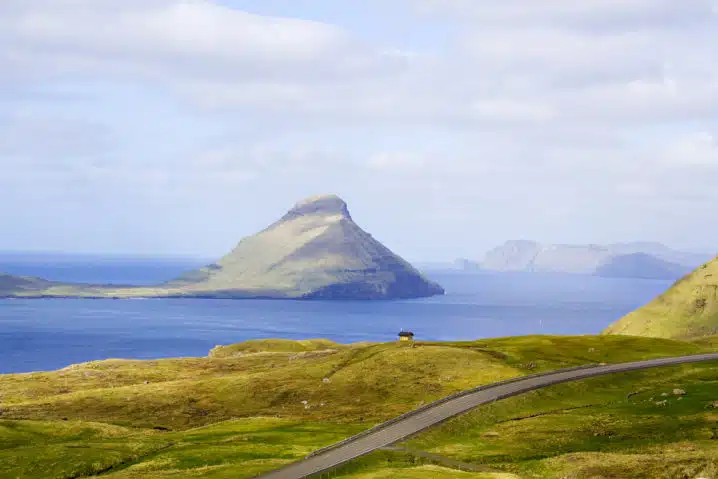The Best Time to Visit Alaska: A Seasonal Guide for Travelers
Alaska, known for its breathtaking landscapes and diverse wildlife, is a dream destination for many travelers. Whether you are drawn to its towering mountains, pristine lakes, or unique culture, planning the perfect trip to Alaska requires knowing the best time to visit. This guide will help you navigate the seasonal highlights and choose the ideal time for your Alaskan adventure.
Spring (March to May)

Spring in Alaska is a time of transformation as the state awakens from its long winter slumber. By late March, the days start to lengthen, providing more daylight to explore. This season offers a mix of winter activities and the early signs of summer.
Activities:
- Witness the northern lights in early spring.
- Enjoy late-season skiing and snowboarding.
- Experience the Iditarod Trail Sled Dog Race in March.
- Watch the wildlife emerge, including bears and migratory birds.
Weather: Temperatures range from 20°F to 50°F (-6°C to 10°C), with snow still present in many areas. As May approaches, snow begins to melt, and wildflowers start to bloom.
Summer (June to August)
Summer is the peak tourist season in Alaska, and for good reason. The weather is warmer, and the days are incredibly long, with the midnight sun providing nearly 24 hours of daylight in some regions. This is the best time for outdoor activities and exploring the natural beauty of the state.
Activities:
- Hike in Denali National Park.
- Take a scenic cruise through the Inside Passage.
- Go salmon fishing in the Kenai Peninsula.
- Enjoy festivals and cultural events, such as the Alaska State Fair.
Weather: Temperatures typically range from 50°F to 70°F (10°C to 21°C). While it’s the warmest time of year, it’s also the wettest, so pack waterproof gear. Mosquitoes can be a nuisance, so insect repellent is a must.
Fall (September to November)
Fall in Alaska is short but spectacular. The foliage transforms into vibrant hues of red, orange, and yellow, creating picturesque landscapes. This season offers a quieter, more serene experience compared to the bustling summer months.
Activities:
- Witness the stunning fall foliage.
- Enjoy fewer crowds at popular tourist sites.
- Take part in the Alaska Day Festival in Sitka.
- Experience the beginning of the northern lights season.
Weather: Temperatures drop quickly, ranging from 20°F to 50°F (-6°C to 10°C). Snow can begin to fall in northern regions by late September. The shorter days signal the approaching winter.
Winter (December to February)
Winter in Alaska is a magical time, offering unique experiences that can’t be found anywhere else. While the days are short, the opportunities for winter sports and viewing the aurora borealis are plentiful.
Activities:
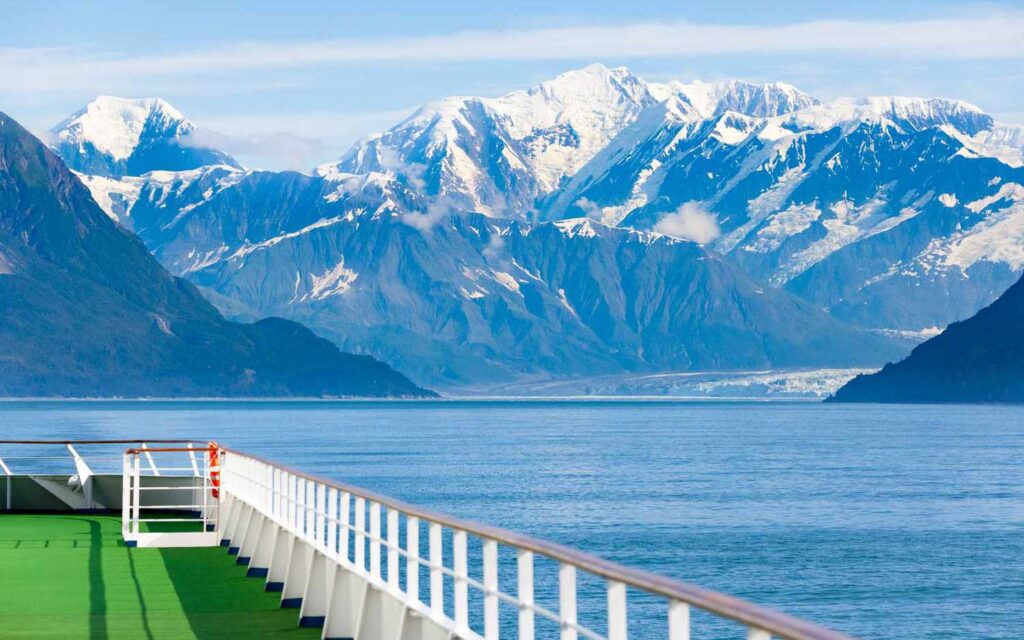
- Go dog sledding or snowmobiling.
- Witness the northern lights in their full glory.
- Ski or snowboard in world-class resorts.
- Attend the Fur Rendezvous Festival in Anchorage.
Weather: Winter temperatures can be extreme, often dropping below 0°F (-18°C) in many areas. However, coastal regions tend to be milder. Be prepared for icy conditions and dress in layers to stay warm.
Conclusion
Alaska is a year-round destination, each season offering its own unique attractions and activities. The best time to visit depends on your interests and what you hope to experience. Whether you’re chasing the northern lights, hiking under the midnight sun, or exploring the state’s rich cultural heritage, Alaska promises an unforgettable adventure. Plan accordingly, pack wisely, and get ready to discover the Last Frontier.


